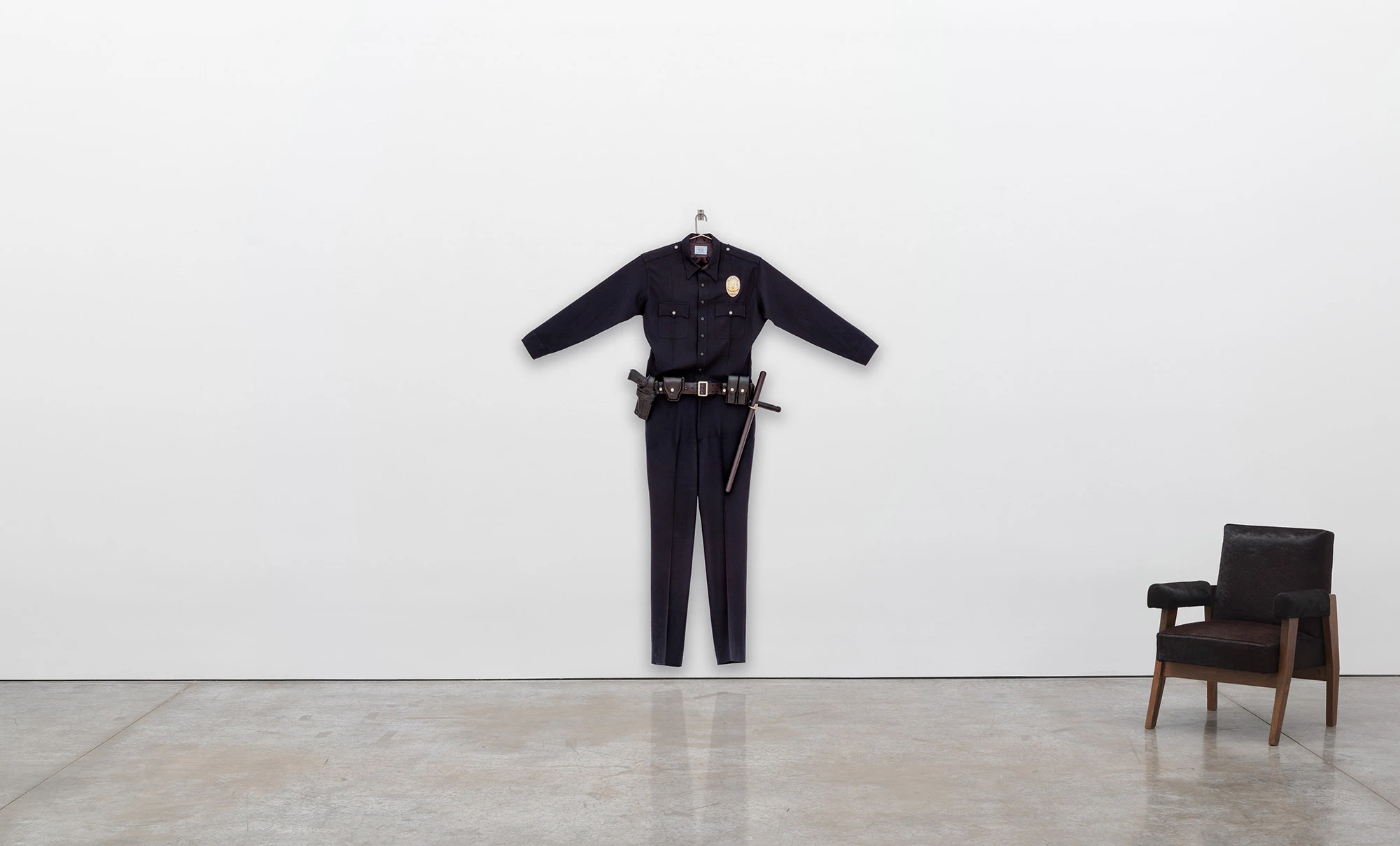On February 10, storied contemporary art gallery Gagosian, known for being one of the first to exhibit work by Jean-Michel Basquiat and Eric Fischl, among others, will launch an online viewing room in anticipation of the Frieze Art Fair, in Los Angeles. The virtual gallery will display works by Chris Burden, Albert Oehlen, Ed Ruscha, Tatiana Trouvé, and Jonas Wood, as well as a collaboration between Alex Israel and Bret Easton Ellis, and others, alongside informational text and videos. Gallery directors and specialists will also be available with chat with clients about the pieces 24/7.
The digital art market has seen remarkable (if somewhat slowing) growth in the past five years. Digital marketplaces like Artsy have helped connect countless artists and buyers, but bluechip art has been slower to make the leap online. Understandably: How many people feel comfortable buying a $2 million painting sight unseen? Art isn’t deodorant. You don’t just drop it in your Amazon cart, and expect it to arrive on your doorstep the next day.

But Gagosian—one of the more traditional and established galleries in the art world—is figuring out how to sell high-end art online. In the 2017-2018 fiscal year, Gagosian launched its first two online viewing rooms and saw digital sales rise 350%. (The year prior, Gagosian saw a 300% jump in digital sales through existing partnership with Artsy and its own online shop.) Digital sales still represent a small portion of the gallery’s overall sales, but it’s an obvious growth area that now touches even the gallery’s priciest works. In the 2018-2019 fiscal year—the first time the gallery listed work at the highest levels of the market—the company saw an additional 60% increase in digital sales.

“We have proven that collectors are now willing to buy and sell art online in the $100,000 to $2 million range with meaningful frequency,” says Gagosian director Alison McDonald, who oversees the gallery’s online viewing rooms, citing Gagosian’s 2019 sale of a painting by Albert Oehlen for $6 million through an online viewing room. The sale set a market record. “Because the viewing room exists online the artworks are available to anyone in the world, regardless of geography, we have been able to greatly expand our collector base internationally,” she says.

Online viewing rooms also tend to attract new buyers, expanding Gagosian’s reach beyond traditional gallery walls (though the gallery says there are no meaningful demographical differences between digital clients and those purchasing artwork in real life).
In general, Gagosian has seen the most success selling larger artworks digitally.
The design of the online viewing rooms matters, and Gagosian changes the format to best present the artwork being displayed. For example, video components can help subtle abstract paintings, like the one by Albert Oehlen, come to life on the screen. Interestingly, Gagosian has found that using VR can come off as fake on the platform and deter buyers.
In October, the gallery worked with multidisciplinary artist Sterling Ruby to develop an online presentation that highlighted his work as well as artists that have influenced him. “When you visit an artist’s studio you get to see what they surround themselves with—books, art, music, ephemera—all which reflect their interests and influences. Our presentation brought this intimate setting to the public and provided a direct connection between the artist and his audience,” McDonald says.

Ultimately, the virtual gallery allowed Gagosian to add more context to his work. “Ruby was a very generous collaborator, speaking with us about each work, and about his wide range of artistic inspirations, including historical artists whose works were also offered in the online viewing room alongside his own,” McDonald says. “The ultimate selection we presented offered a mini-survey of Ruby’s work, allowing people to better understand his practice and make meaningful connections between the works.”
Gagosian isn’t the only old-school gallery investing in new technology. In 2018, the storied auction house Sotheby’s bought Thread Genius, an AI startup that learns patrons’ taste in art in hopes of making it easier to sell them work. “This next generation of collectors are offered multiple opportunities to enter the market at various price points,” McDonald says.
Recognize your brand’s excellence by applying to this year’s Brands That Matter Awards before the early-rate deadline, May 3.
